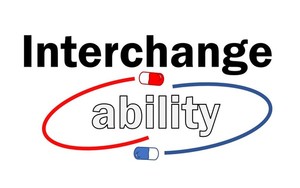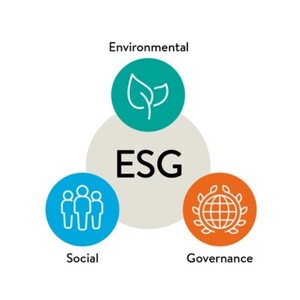The economic effects of the possible introduction of follow-on protein products have been the subject of recent debate. In a study by Mr Michael Lanthier, Ms Rachel Behrman and Mr Clark Nardinelli of the US FDA, it was aimed to explore the economic issues surrounding this debate using three measures: total sales, product complexity and patent expiry.
Economic issues with follow-on protein products
Biosimilars/Research
|
Posted 30/07/2009
 0
Post your comment
0
Post your comment

Their analysis shows that the sales of therapeutic protein products are concentrated in a relatively small number of branded products, which may be the most attractive targets for follow-on development. Many of these products are complex proteins that are reported to have patent coverage for several more years.
However, if reported patent expiration estimates hold, in the not-too-distant future, a significant number of important protein products with large current sales will lose patent protection. For the years 2013–2015, they estimate that products representing US$20 billion (Euros 14.3 billion) in annual sales – approximately half of all sales in 2006 – can be expected to lose patent protection.
The majority of the products were licensed under the Public Health Service Act, which lacks an abbreviated pathway for approval of follow-on products, creating uncertainty for potential developers of follow-on products.
Source: Nature Reviews 7;2008:733.
News
FDA approves six denosumab biosimilars
EMA recommends approval for four biosimilars targeting three therapies
General
Samsung Bioepis wins Pyzchiva case; Regeneron patent rulings threaten foreign biosimilars
Chinese biosimilars go global: growth, partnerships, and challenges
What is the future for the US biosimilar interchangeability designation

Biosimilars/Research Posted 05/06/2025
Biosimilar clinical efficacy studies: are they still necessary?

Biosimilars/Research Posted 27/05/2025
The best selling biotechnology drugs of 2008: the next biosimilars targets








Post your comment